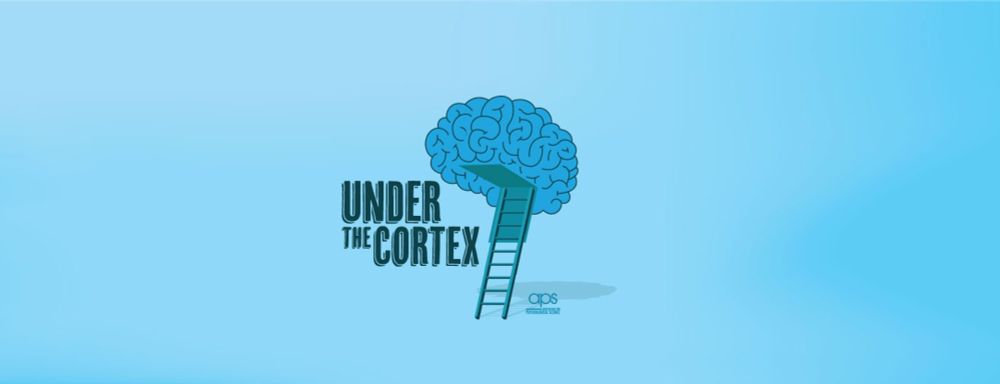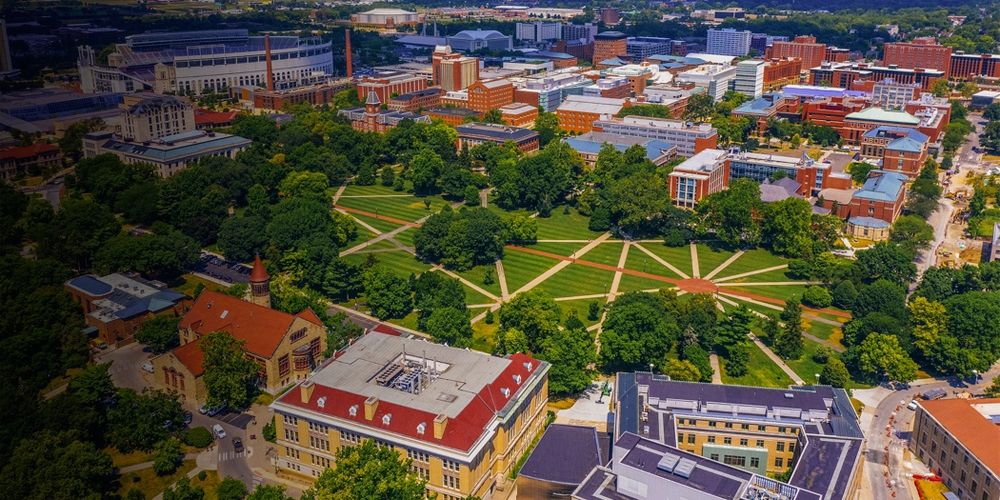Sami Yousif
@samiyousif.bsky.social
2.5K followers
280 following
51 posts
Asst Prof @ Ohio State. I study how we perceive and represent the (spatial) world. More here: cogdevlab.org
Posts
Media
Videos
Starter Packs
Reposted by Sami Yousif
Reposted by Sami Yousif
Reposted by Sami Yousif
Sami Yousif
@samiyousif.bsky.social
· Sep 3
Sami Yousif
@samiyousif.bsky.social
· Sep 3
Reposted by Sami Yousif
Sami Yousif
@samiyousif.bsky.social
· Aug 29
Sami Yousif
@samiyousif.bsky.social
· Aug 29
Sami Yousif
@samiyousif.bsky.social
· Aug 28
Sami Yousif
@samiyousif.bsky.social
· Aug 28

Can we “see” value? Spatiotopic “visual” adaptation to an imperceptible dimension
In much recent philosophy of mind and cognitive science, repulsive adaptation effects are considered a litmus test — a crucial marker, that distinguis…
www.sciencedirect.com
Reposted by Sami Yousif
Reposted by Sami Yousif
Sami Yousif
@samiyousif.bsky.social
· Jul 16
Sami Yousif
@samiyousif.bsky.social
· Jun 26
Reposted by Sami Yousif
Sami Yousif
@samiyousif.bsky.social
· Jun 26
Sami Yousif
@samiyousif.bsky.social
· Jun 25
Reposted by Sami Yousif
Reposted by Sami Yousif











